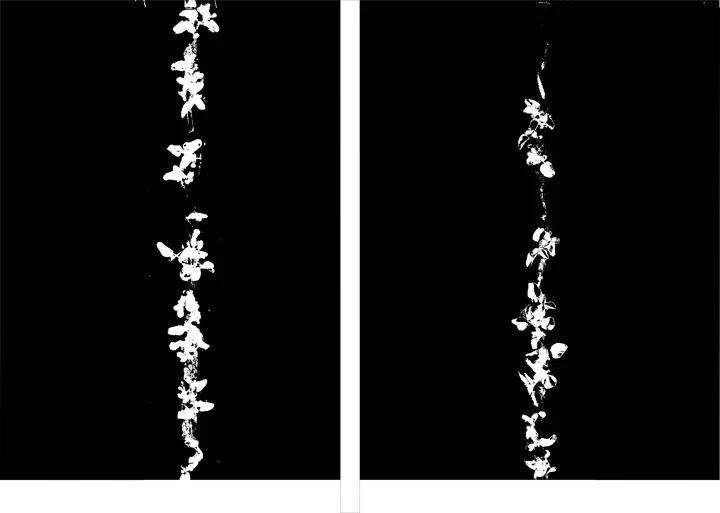Soybean Canopy Coverage, Population, and Yield Responses to Seed Treatment and Cultivar Resistance to Phytophthora sojae in Nebraska
 Image credit: V.G.
Image credit: V.G.
Abstract
Integrating disease control strategies has been the foundation for effective management of Phytophthora stem and root rot (PSRR; caused by Phytophthora sojae) in soybean (Glycine max [L.] Merr.). To determine the efficacy of seed treatment formulation (clothianidin + ethaboxam + ipconazole + metalaxyl) and host resistance (Rps1k or Rps1c and moderately resistant [MR] or moderately susceptible [MS]), five environments with disease history were evaluated in Nebraska during 2017 and 2018. Despite the use of resistant cultivars, PSRR developed in four out of five environments. Compared with the untreated control, seed treatment increased soybean emergence by 16,320 to 63,037 plants/ha and mid-season canopy coverage (CC) by 5.2 to 8.3%. Although management programs with MR cultivars had greater yields (538.9 to 747.5 kg/ha) than MS cultivars, there were negligible yield differences between Rps1k and Rps1c genotypes, except in one environment. A weak to moderate (ρ = –0.32 to –0.45; P ≤ 0.001) association was observed between mid-season CC and the number of plants with P. sojae stem lesions. Outcomes from this study demonstrate the usefulness of integrating CC assessments to support disease severity evaluations in field settings and reinforce the benefits of combining host resistance and seed treatment to manage soybean seedling diseases in PSRR-conducive environments.